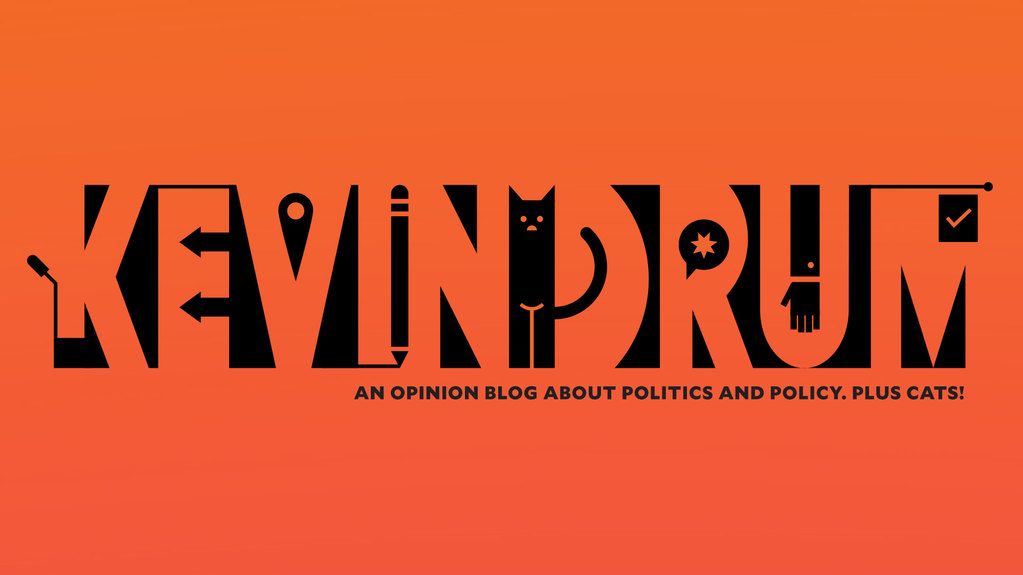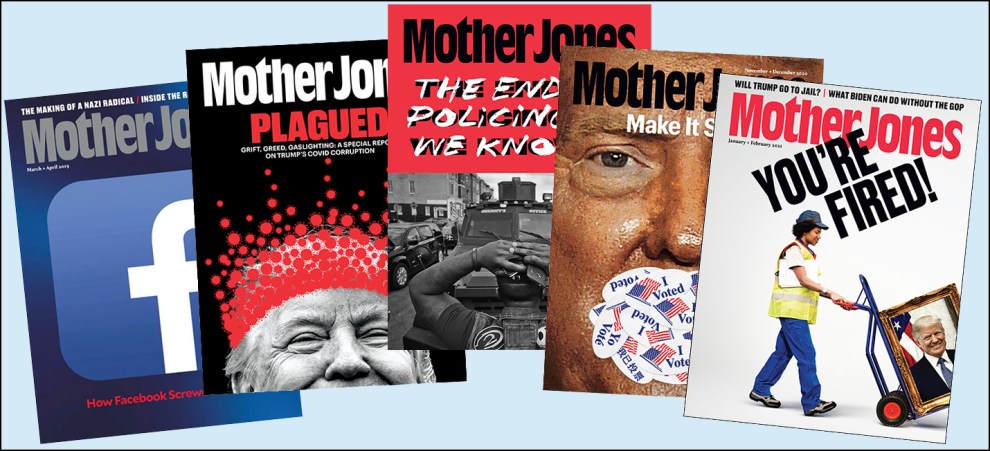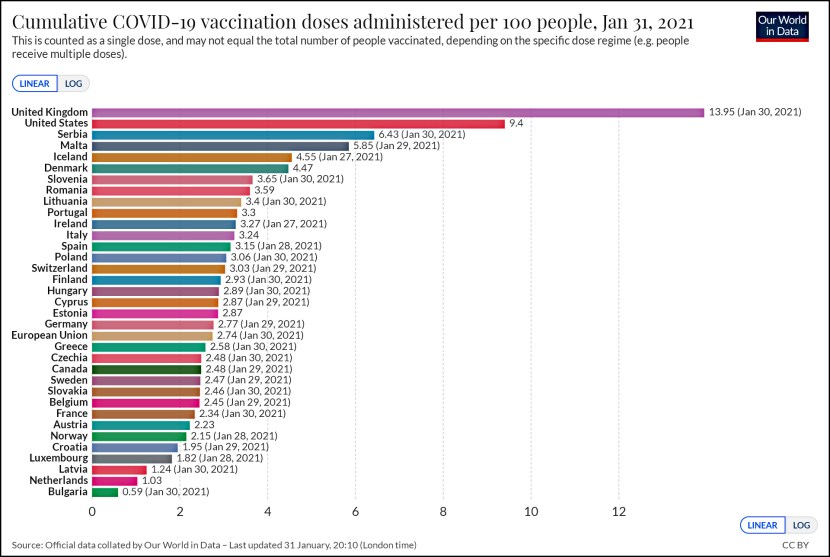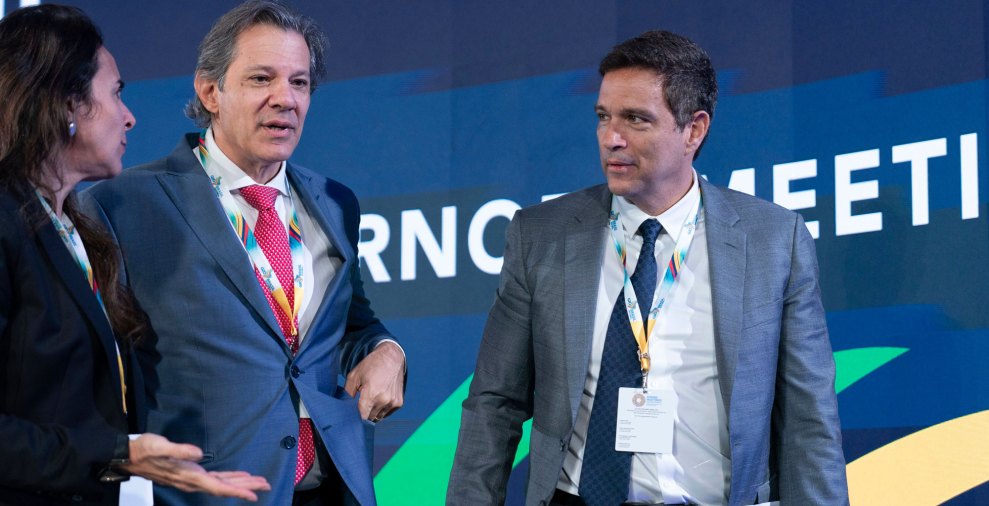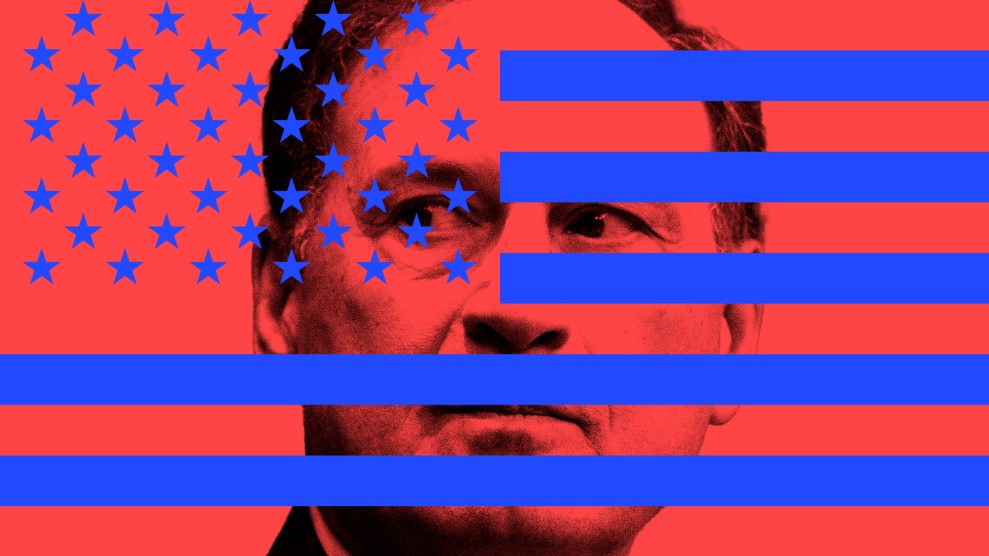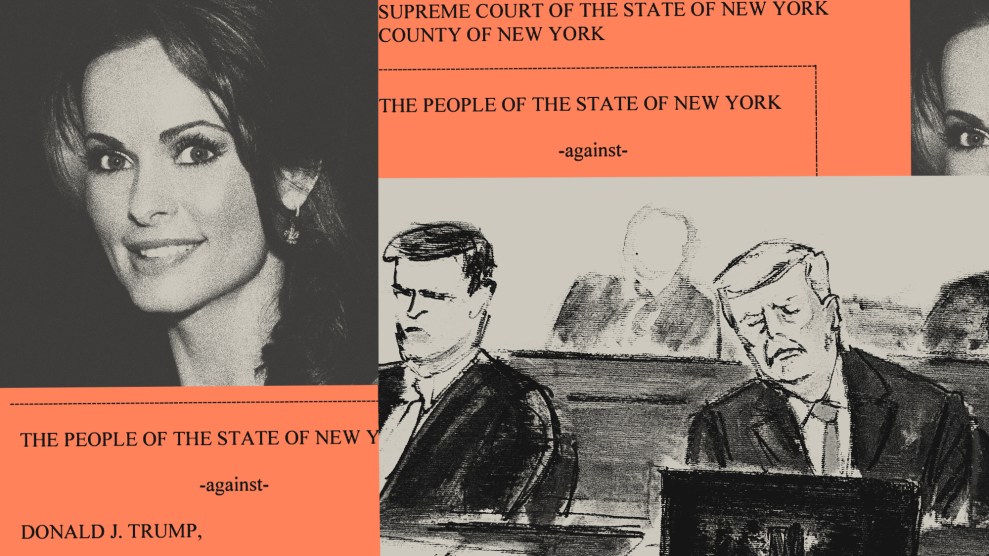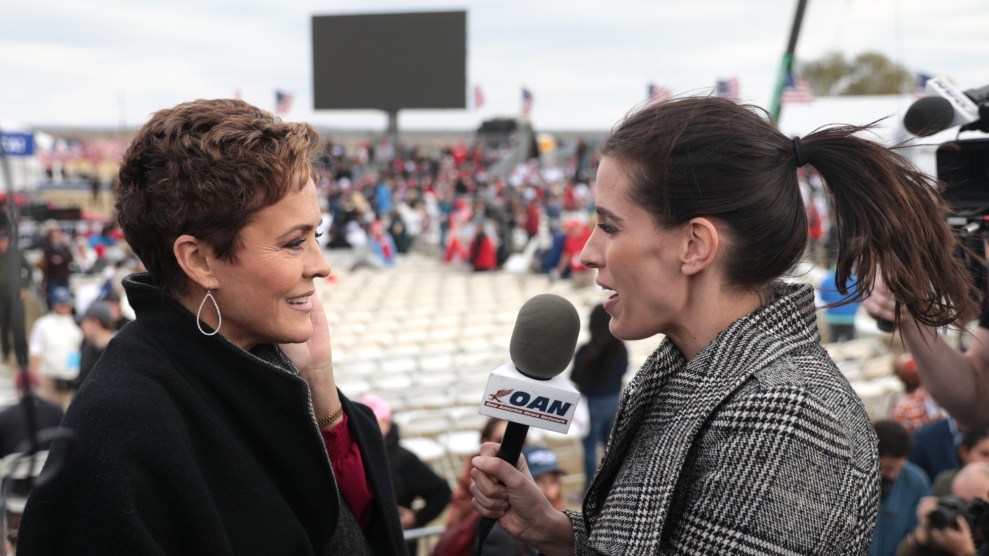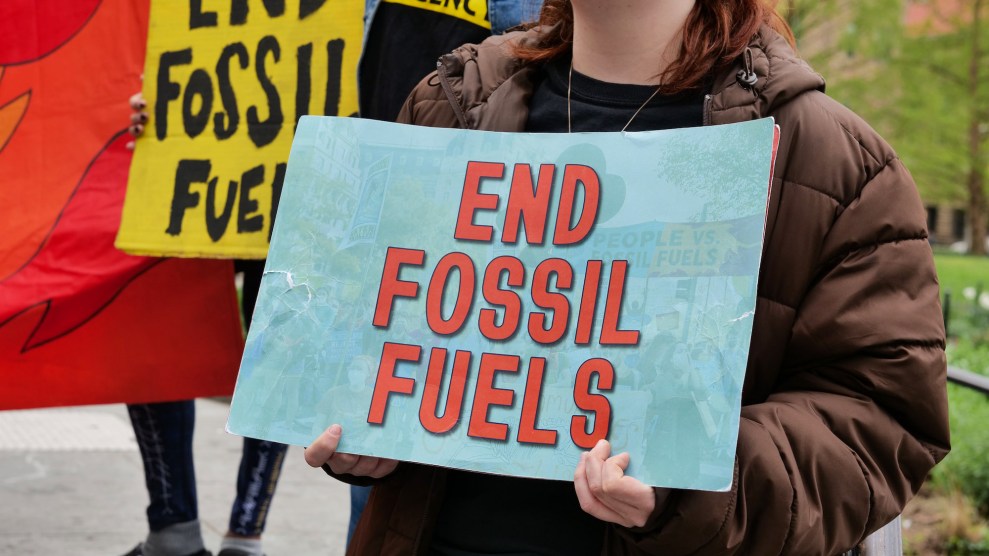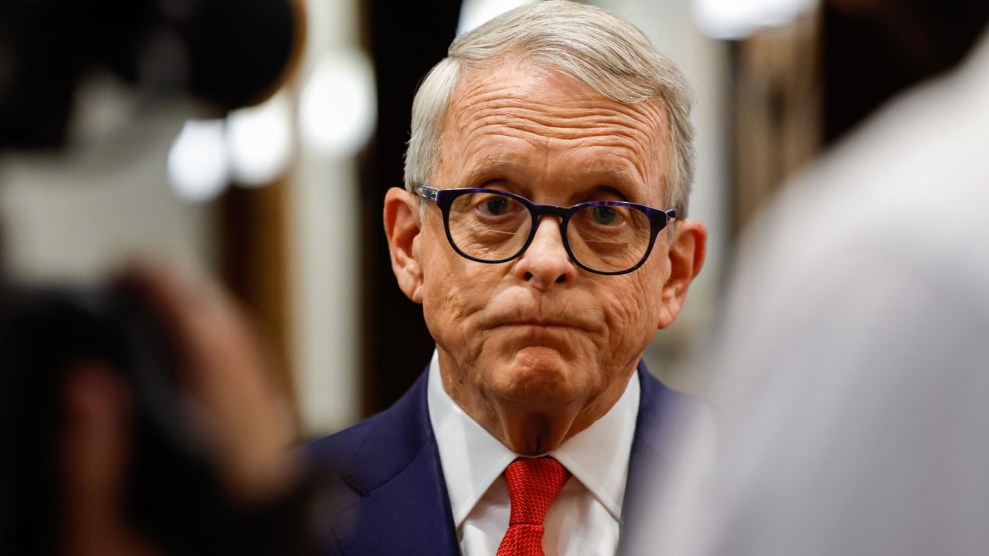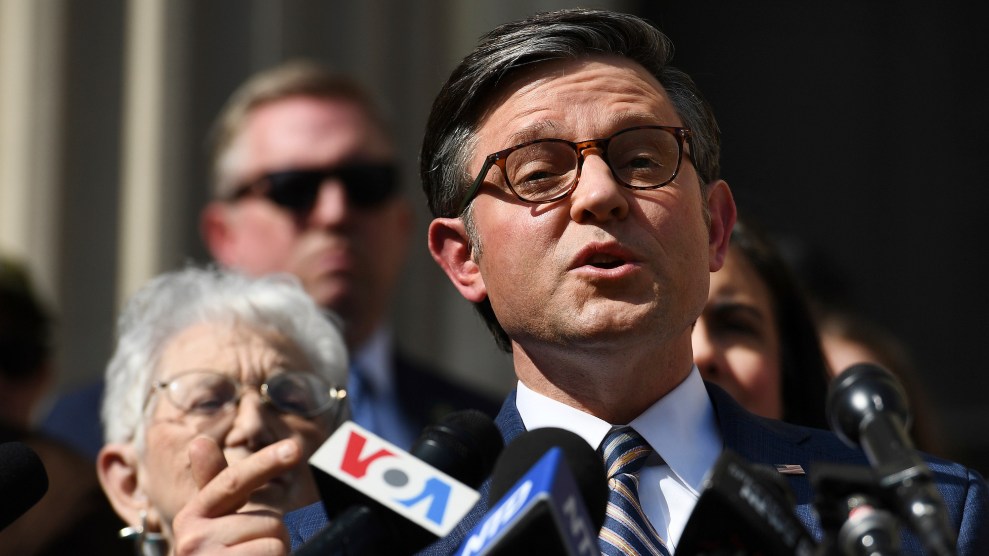Back in 2008 the Fed got authority to start paying interest on excess bank reserves held on the Fed’s books. They took advantage of this authority immediately, and as a result banks started stashing a lot of money at the Fed. This is a very useful tool: if you raise the rate then you take money out of circulation, and if you lower rates you give banks incentives to go find better things to do with it. Matt Yglesias comments:
People have wondered for a while what’s the Fed’s “exit strategy” from the current bout of credit easing, and there you have it. Raising the interest rate on excess reserves from 0.25 percent to 0.5 percent or .75 percent or 1 percent would have a contractionary impact and help curb inflation if this becomes a problem in the future. Today, however, inflation is not a problem. Very high unemployment, however, is a problem. So if raising the rate from 0.25 to .5 produces contraction, then why shouldn’t lowering it from 0.25 percent to 0 percent percent produce expansion?
Fiddling with interest rates on excess reserves is indeed a new and powerful weapon in the Fed’s arsenal. At the moment, though, it’s not clear that lowering rates would do any good, because it’s not clear what it is that’s keeping bank lending low. The most likely reason, though, is that the private sector growth projections are weak, excess capacity still abounds, the housing market continues to suck, and there’s just not a lot of demand for new loans. Lowering the interest rate on excess reserves won’t change this, it will just eat into bank earnings, and right now the Fed is eager for banks to recapitalize as quickly as possible. That’s probably why the Fed isn’t changing its excess reserve policy right now.
Needless to say, comment from informed observers is welcome on this score.
UPDATE: Another possible reason for sluggish bank lending is here. I doubt it’s really a major factor, but it’s certainly a fascinating example of unintended consequences.


